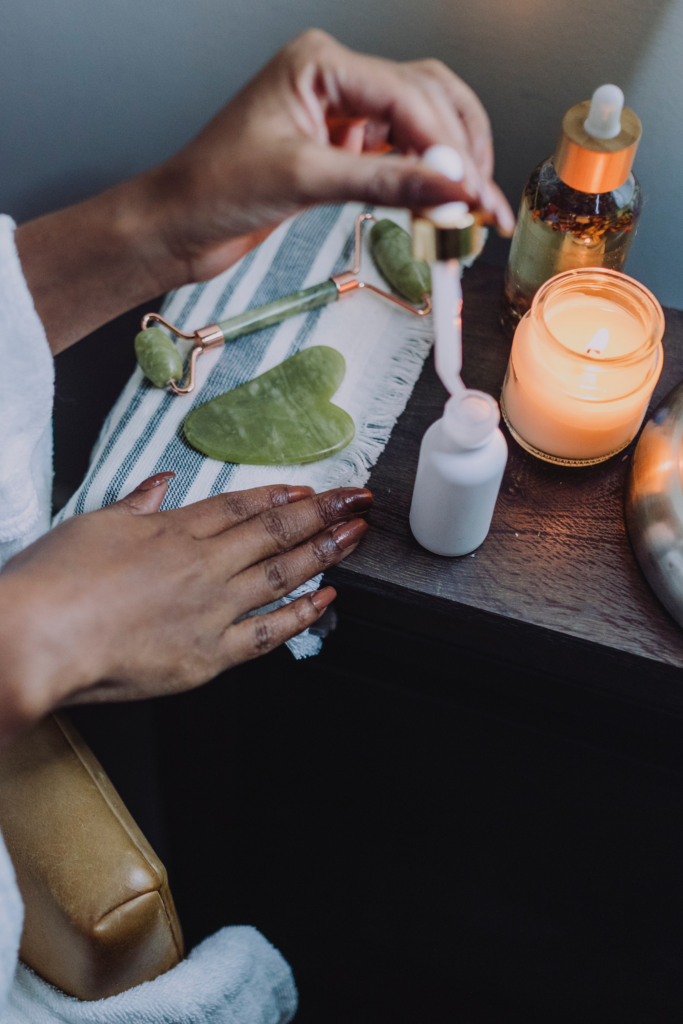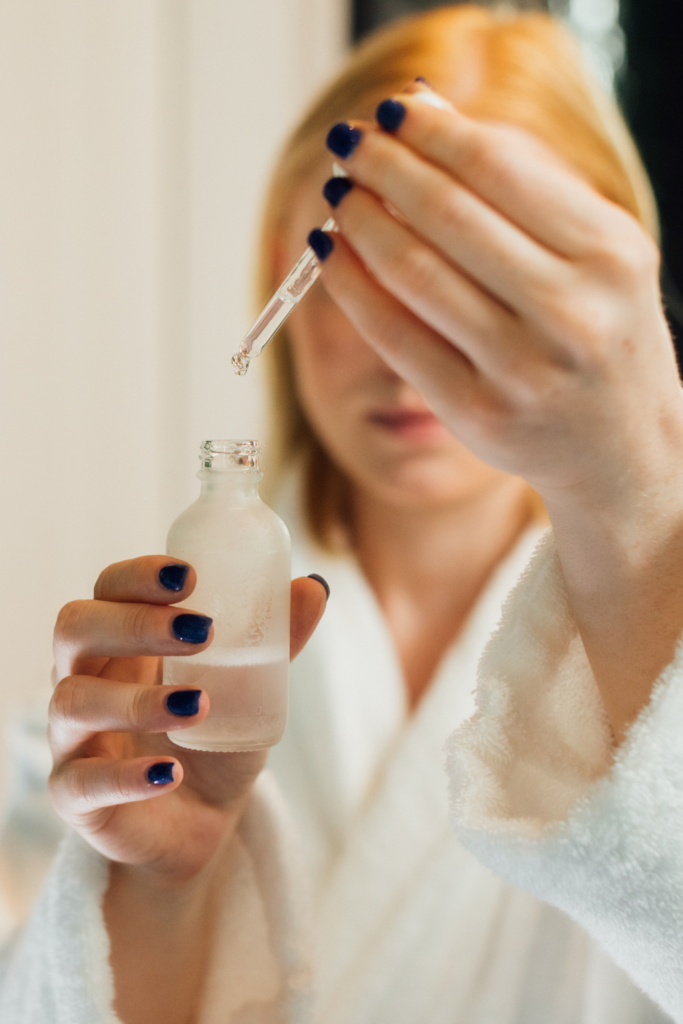While PFAS Compounds are useful, they’re also extremely harmful, and there’s no real need for them. They are linked with serious health issues, from cancer to obesity, and are even related to aggravated cases of COVID-19. Other than that, they can cause kidney and liver disease, as well as pregnancy issues such as pregnancy hypertension. The list goes onnnnnn. PFAS are toxins, and they contaminate and accumulate in our bodies when we ingest them. They also contaminate the drinking water (remember when I said that they’re “forever chemicals”? Yeah). But the silver lining is that the use of PFAS is also not a necessity. There are safe options available that can be used instead. Because harmful and unnecessary means that there’s NO sense in using PFAS anymore!
There are a few different ways to be contaminated with PFAS. There’s direct contact through the tear ducts (mascara, eyeliner), inhalation, or ingestion (lipstick), and an indirect form of contamination which happens when toxic waste containing PFAS reaches groundwater and then our drinking water and produce.
Aside from that, there’s the fact that PFAS don’t break down in the environment. That makes cleaning the chemicals an expensive endeavor, and scientists defend that prevention is the best form of dealing with this toxin. If it’s not out there, then governments don’t have to clean it up.











Found in